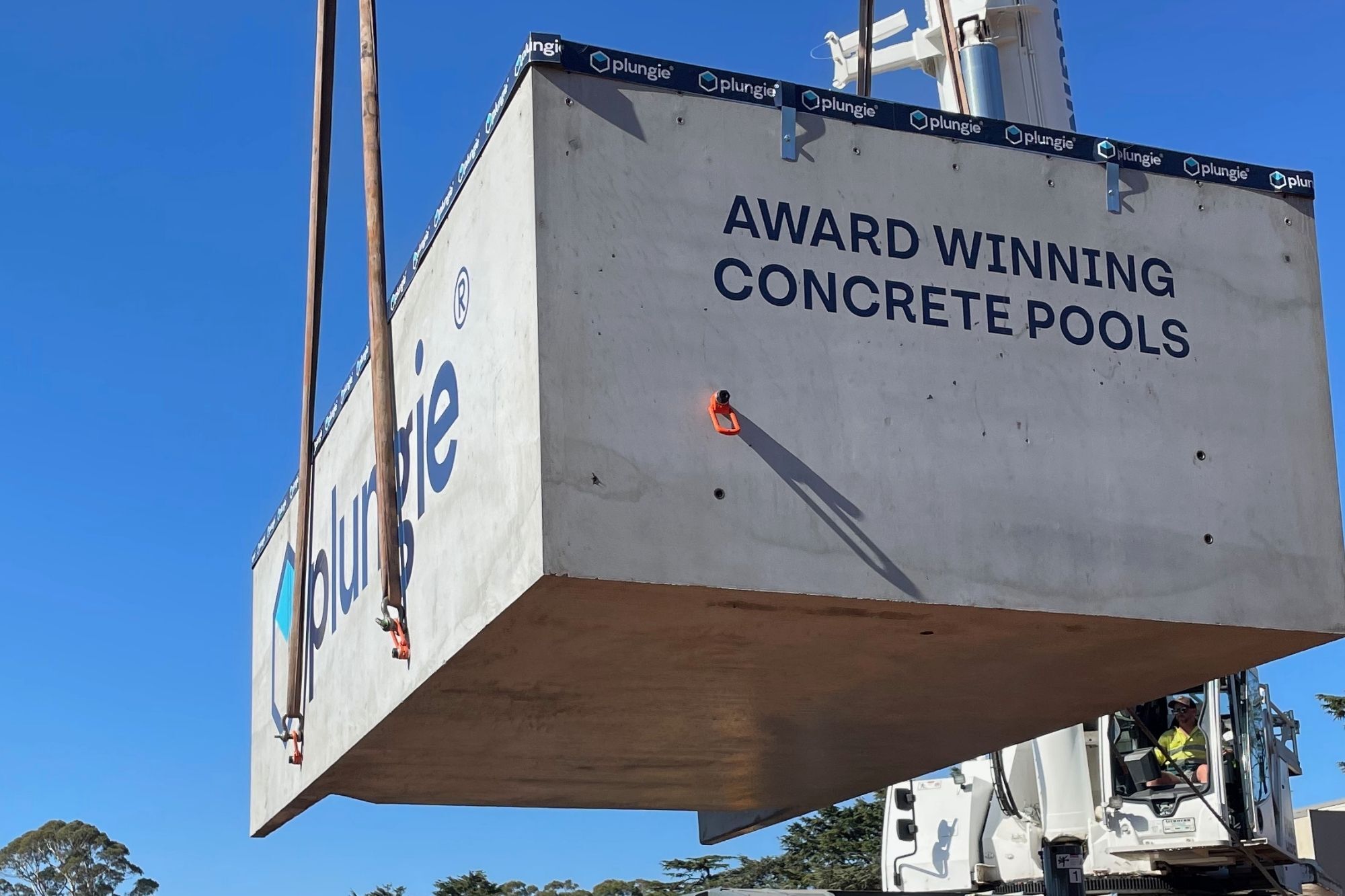Now more than ever, builders and architects are exploring the potential of prefabrication to help reduce project timeframes and costs. Industry professionals are experiencing significant gains in efficiency that would otherwise have been impossible with traditional construction methods. But what does this shift mean for builders? We’ll explain how prefab construction benefits everyone in the industry – from the workers on site to the project’s end clients.
Addressing A Skilled Labor Shortage
According to research from McKinsey & Company, we’re facing a serious skilled labor shortage on site. Far from threatening jobs, prefab could be the key to holding the industry together.
Manufacturing structures off-site makes on-site installation quick and simple, so less skilled labor is required. Prefab Plungies are the perfect example of this, as they have pre-engineered specifications that make installation a breeze. This creates the opportunity for home builders to handle more aspects of their build, including pool installation.
The simplicity of prefab is particularly exciting for people living in rural areas, where skilled construction services are even more difficult to come by.
Improved Working Conditions
As well as addressing the skilled labor shortage, prefab has the potential to make the construction industry safer, more efficient, and more diverse.
Improved Health And Safety
A 2022 study for the AIMCH research project found that prefabrication reduces on-site risk and hazard exposure by 20%. One of the main ways prefab construction does this is by reducing manual handling (and therefore body stressing) on site. Working in a controlled factory environment also reduces the risk of slips, trips, and falls due to wet weather or debris left on site.
The majority of off-site construction can be completed at ground level, meaning there’s also less risk of fatalities due to falls from height. Far from jeopardizing your job, prefab can make the workplace a safer place for you and your team.
Complete More Projects, Faster
Prefab construction reduces overall project timeframes by up to 50%, according to McKinsey & Company. For example, the team at Hickory was able to complete Australia’s tallest prefab building, the La Trobe Tower in Melbourne, in 19 months rather than the scheduled 26 months. They were able to slash build times thanks to prefab systems, including 3D bathroom pods. It’s easy to see why this is good for business, with builders able to deliver more projects in a shorter period of time.
Improving Gender Parity In Construction
With women comprising only 10.9% of employees in the US construction industry, the proverbial ‘concrete ceiling’ still exists. Prefab could be the key to breaking this down, with gender roles being less ingrained in the prefab construction industry.
Female employees have found that there’s a greater range of roles within prefab companies, with jobs available across architecture, procurement, and engineering as well as on the factory floor. This challenges the stereotype that physical strength is advantageous for a career in construction and provides a great stepping stone for more women to become involved in the industry.
Offsite Job Opportunities
The global modular construction market is expected to grow by 50% by 2028 to US$114.78 billion. This growth should open up new job opportunities for both skilled construction workers and people who are new to the industry.
It’s clear that prefab construction is anything but a threat to industry professionals. It’s the key to delivering high-quality projects to clients in half the time at a reduced cost. So, if you’re looking to work smarter, not harder, start working with prefab!



